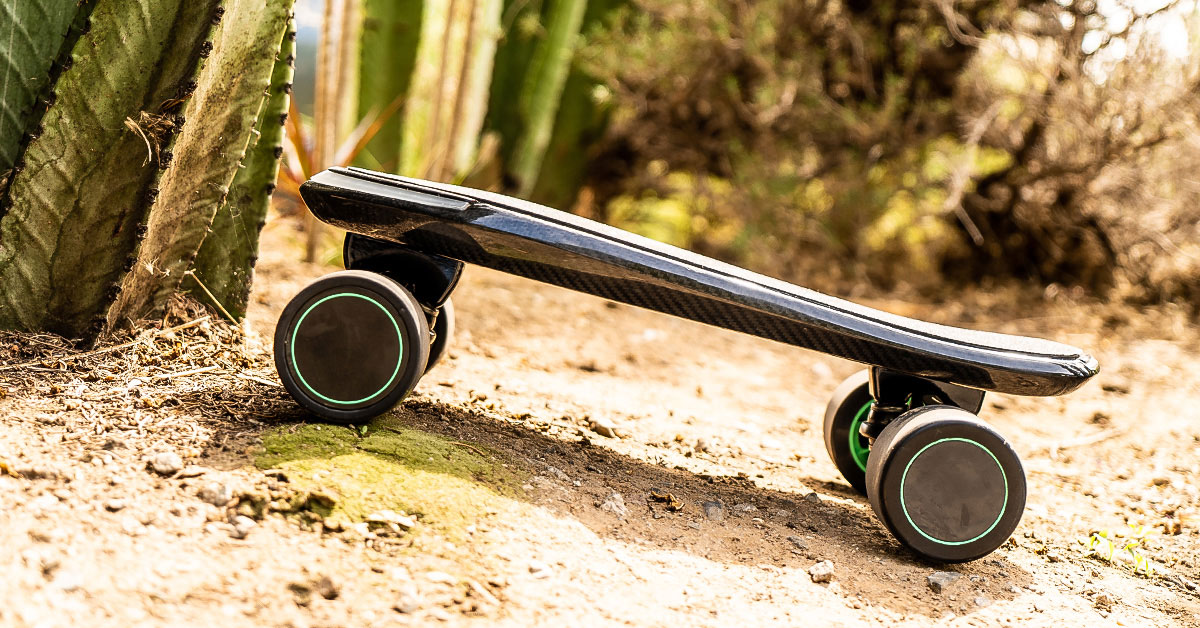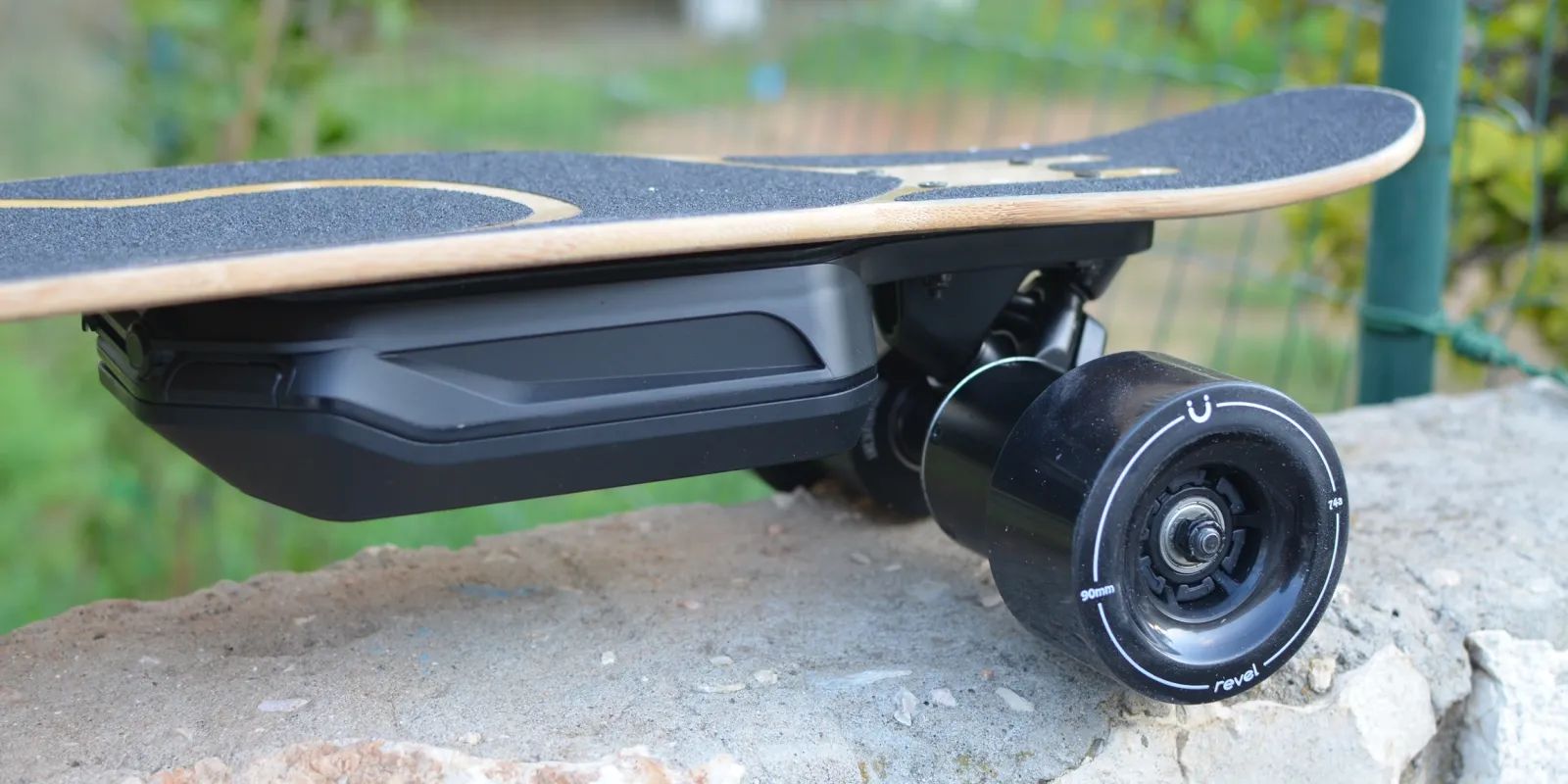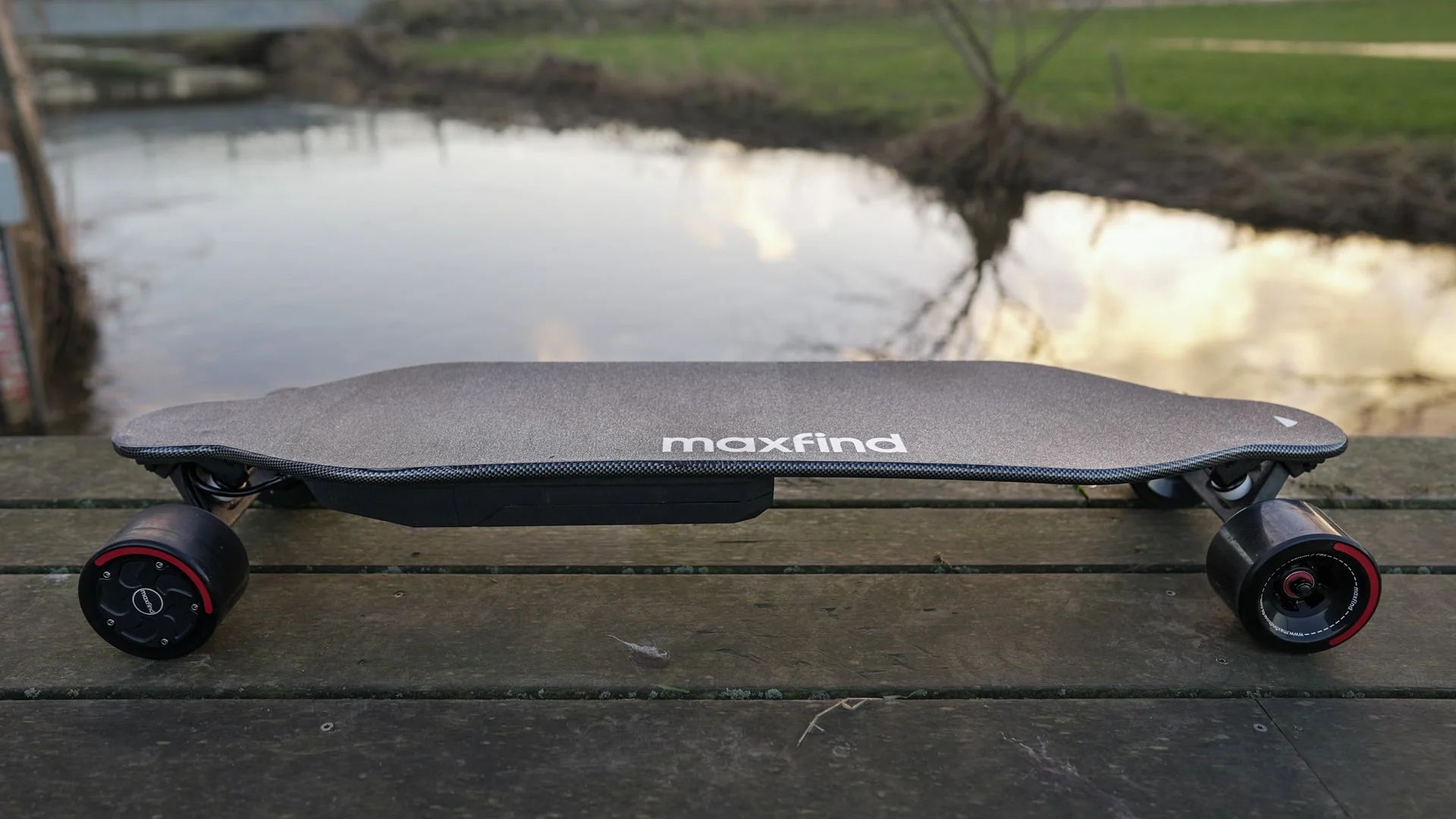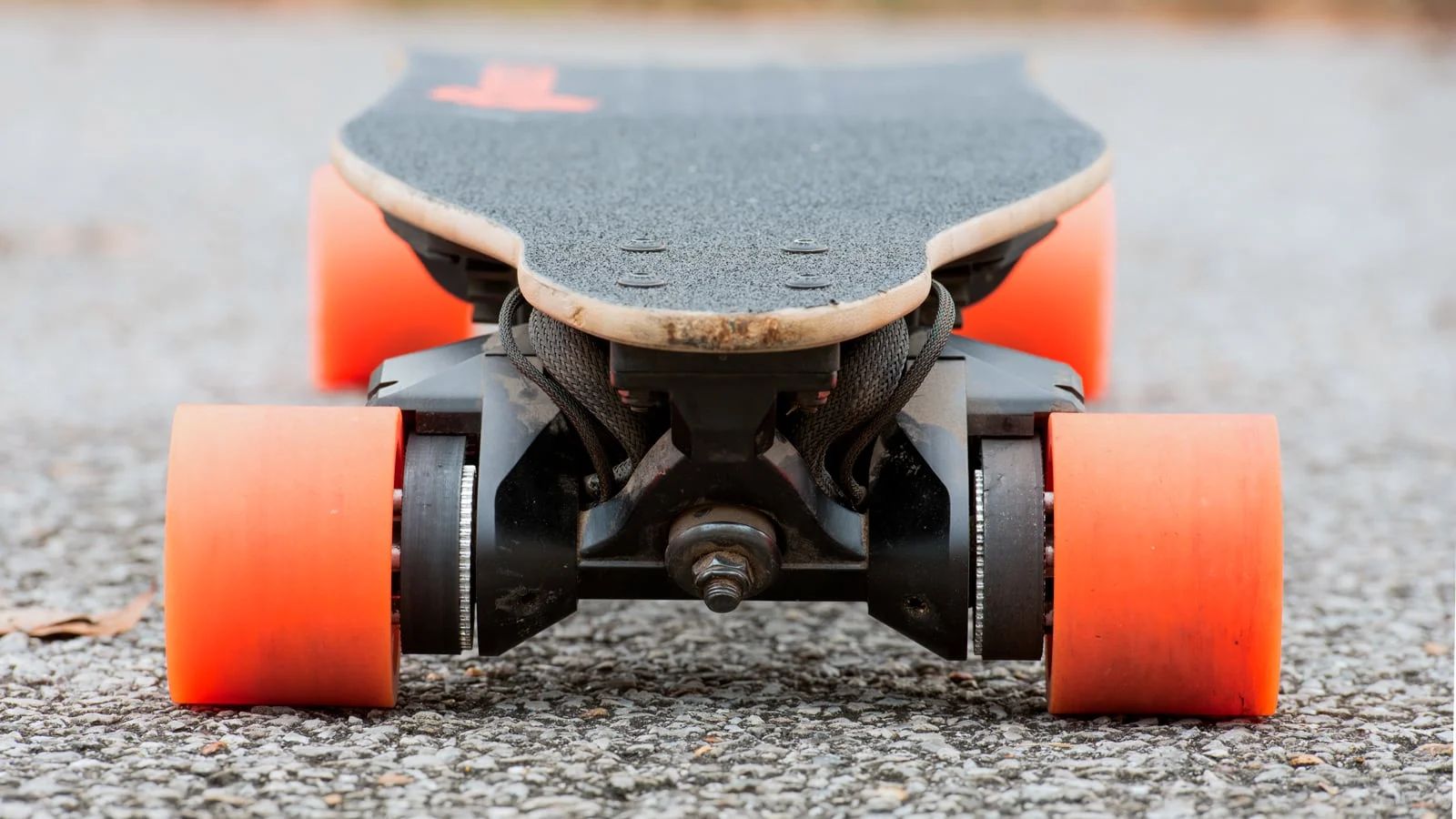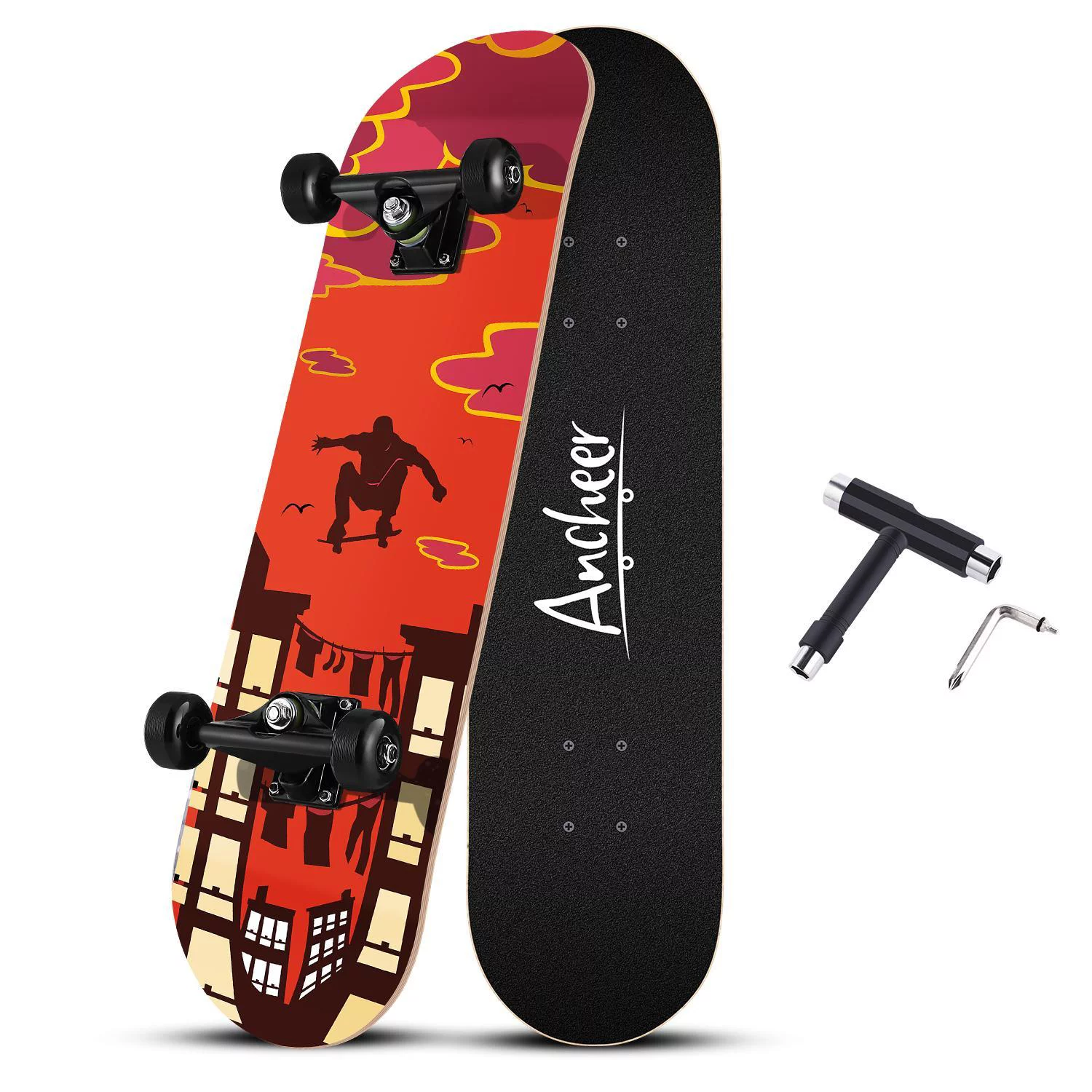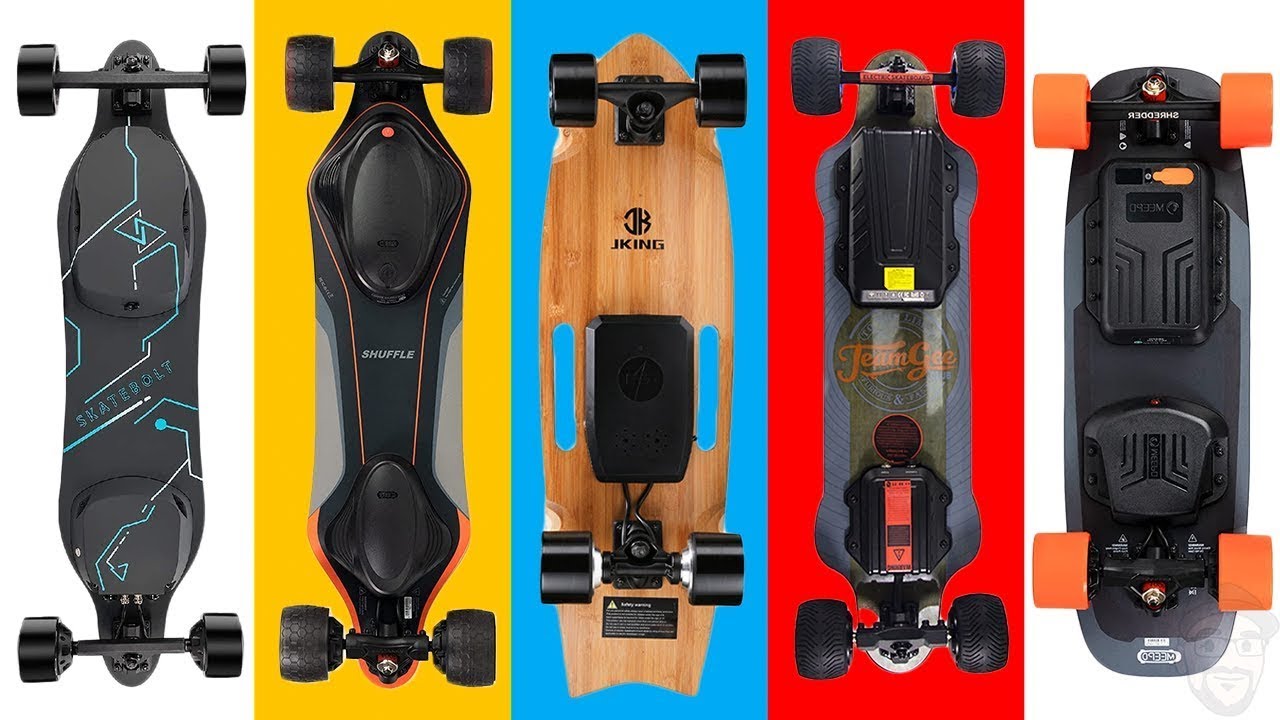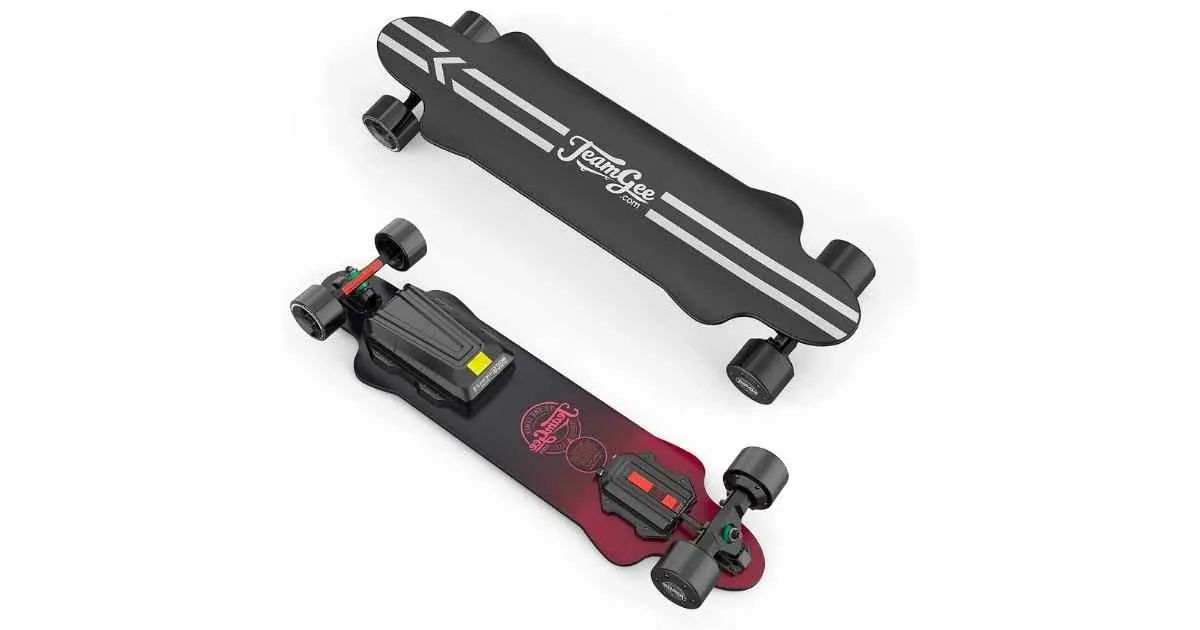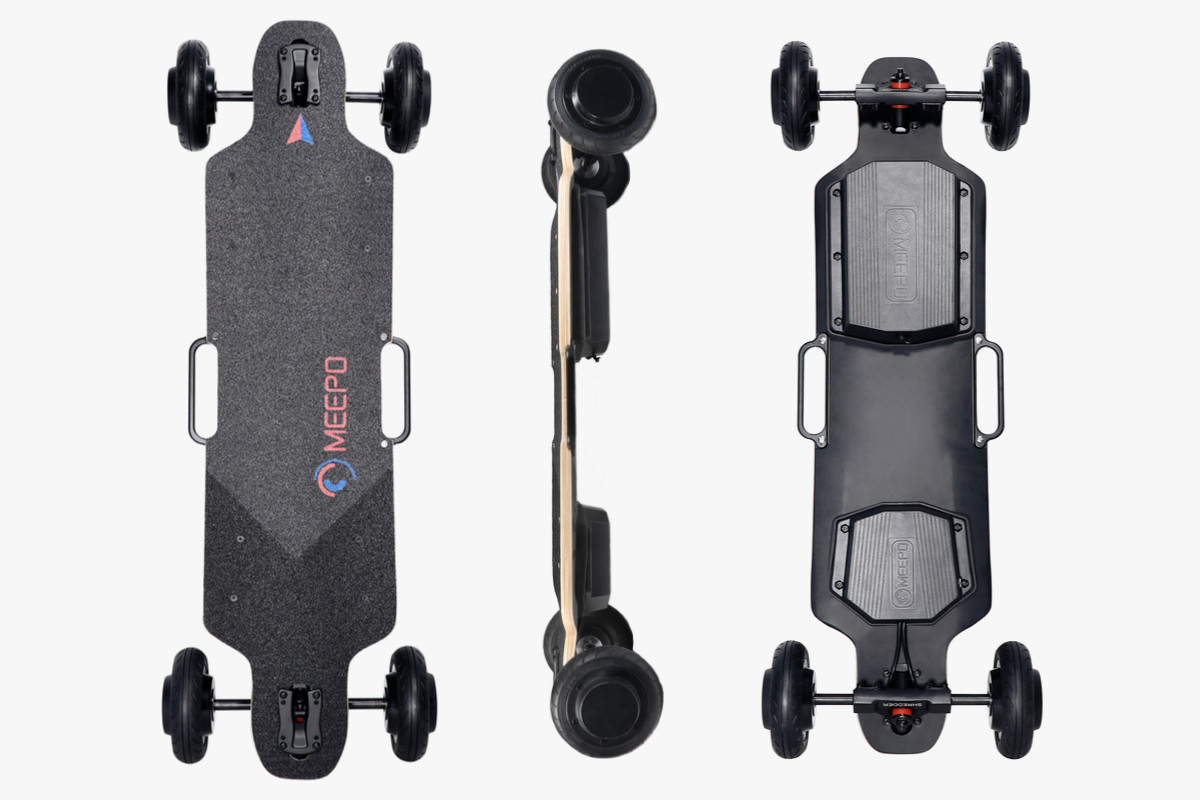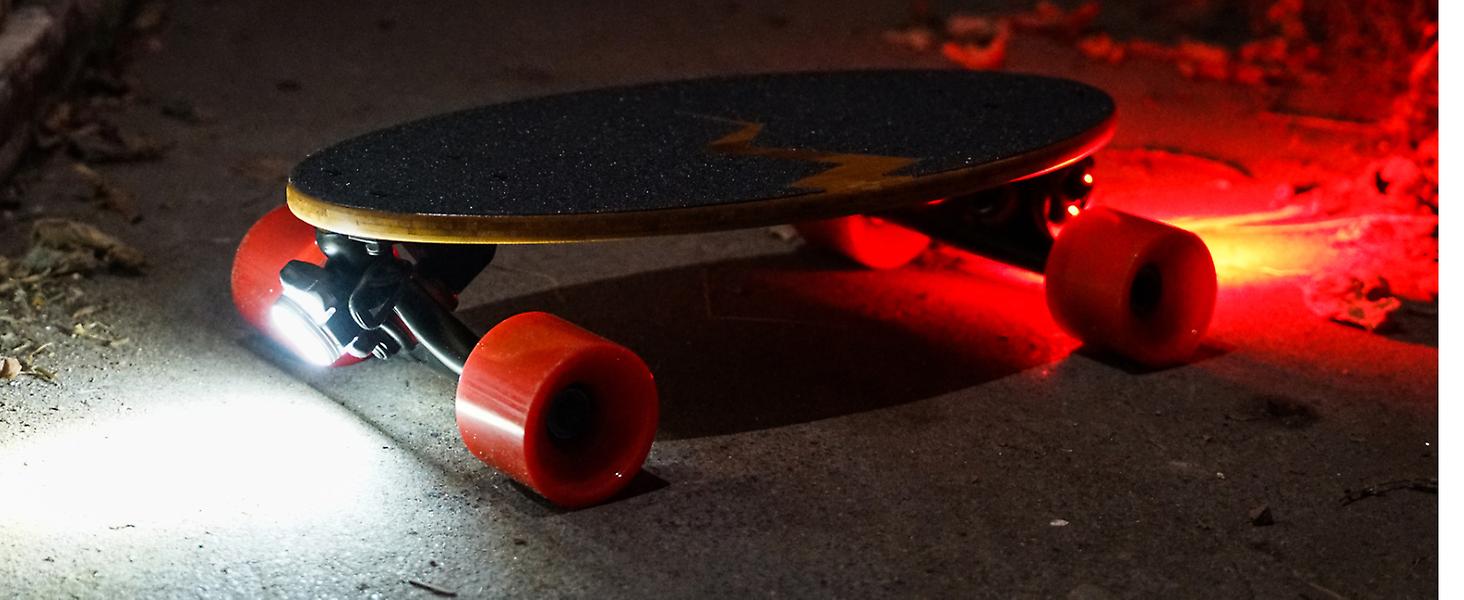Introduction
Electric skateboards have taken the world by storm, providing an exhilarating and eco-friendly way to commute and have fun. With their sleek designs and powerful motors, these electric-powered boards have become a favorite among riders of all ages. If you’re considering investing in an electric skateboard, one crucial factor to consider is the power it offers.
Understanding the power of an electric skateboard is essential for choosing the right board that suits your needs and preferences. Power is determined by various factors, including the motor type, motor wattage, battery capacity, rider weight, terrain, incline, riding style, and speed. Each of these factors plays a significant role in determining the overall power output of an electric skateboard.
In this article, we will explore how much power an electric skateboard typically has and how different factors can affect its performance. By the end, you’ll have a clearer idea of the power levels you should be looking for when purchasing an electric skateboard, ensuring an enjoyable and efficient ride.
Electric Skateboard Power According to Motor Type
When it comes to electric skateboards, the power output can vary depending on the type of motor used. The two most common motor types are hub motors and belt-driven motors. Both have their advantages and considerations to keep in mind.
Hub motors are built directly into the wheels of the skateboard, providing a sleek and compact design. They are typically quieter and require less maintenance compared to belt-driven motors. However, hub motors might not offer as much power as belt-driven motors and can struggle on steeper inclines or rougher terrains.
On the other hand, belt-driven motors use a system of belts and gears to transmit power from the motor to the wheels. This setup allows for more flexibility in terms of power output and torque, making them a popular choice for riders who prioritize performance. Belt-driven motors can handle hills and challenging terrains more effectively, providing a smoother and more powerful ride.
Ultimately, the power output of an electric skateboard will vary depending on the motor type. Riders who value convenience and a sleek design may lean towards hub motors, while those who prioritize power and performance may opt for belt-driven motors. Consider your riding preferences and terrain conditions when choosing the motor type that suits you best.
Electric Skateboard Power According to Motor Wattage
Another crucial factor that determines the power output of an electric skateboard is the motor wattage. Motor wattage refers to the amount of electrical power the motor can generate. It directly affects the acceleration, top speed, and overall performance of the skateboard.
Electric skateboards typically come with motors ranging from 500 watts to 3000 watts or even higher. The higher the motor wattage, the more powerful the skateboard will be. Higher wattage motors can accelerate faster, provide more torque, and handle inclines more effectively.
However, it’s important to strike a balance between power and usability. While high wattage motors offer impressive performance, they also consume more battery power and can be challenging for beginners to handle. Lower wattage motors, on the other hand, may be more suitable for casual riders or those who prioritize battery efficiency over raw power.
The ideal motor wattage for an electric skateboard varies depending on your riding style, weight, and terrain. For everyday commuting and casual riding, a motor wattage between 500 and 1000 watts is usually sufficient. If you’re a thrill-seeker who enjoys high-speed rides and tackling steep inclines, consider opting for a motor with a wattage of 1500 watts or higher.
Keep in mind that motor wattage is not the sole determinant of power. Other factors such as the efficiency of the motor design and the torque generated also contribute to the overall performance of the skateboard. Consider your specific needs and preferences before deciding on the motor wattage that best suits your riding style.
Electric Skateboard Power According to Battery Capacity
The battery capacity of an electric skateboard directly impacts its power output and range. Battery capacity is measured in watt-hours (Wh) and represents how much energy the battery can store. The higher the battery capacity, the longer the skateboard can run, and the more power it can deliver.
Larger battery capacities allow for more extended rides and better performance, particularly for high-speed or uphill riding. A higher capacity battery can provide the necessary power to maintain consistent speeds and handle various terrains without compromising on performance.
It’s important to note that electric skateboards with larger battery capacities tend to be heavier and bulkier. This added weight can affect the overall maneuverability and portability of the skateboard. Consider your priorities in terms of range versus portability when selecting an electric skateboard.
The battery technology also plays a role in the power output. Lithium-ion batteries are commonly used in electric skateboards due to their high energy density and long lifespan. They offer reliable power output and are lightweight, ensuring optimal performance.
When evaluating the battery capacity of an electric skateboard, it’s crucial to consider your riding needs. For shorter commutes or leisurely rides, a lower capacity battery between 150Wh and 300Wh may suffice. For longer rides or more demanding terrain, opt for a higher capacity battery between 300Wh and 500Wh or more for maximum power and range.
Remember, battery capacity is just one aspect of the overall power equation. It’s also essential to consider factors such as motor type, motor wattage, and rider weight to assess the true power capabilities of an electric skateboard.
Electric Skateboard Power vs. Rider Weight
The weight of the rider is a critical factor that can significantly impact the power and performance of an electric skateboard. As the rider’s weight increases, the skateboard’s power requirements also increase to maintain the desired speed and performance.
When it comes to electric skateboards, heavier riders often require more power to achieve the same speed and acceleration as lighter riders. This is because the motor needs to exert more force to propel a heavier load.
If you’re a heavier rider, it’s essential to consider a skateboard with higher motor wattage and torque capabilities. A more powerful motor can compensate for the additional weight and provide a smoother and more enjoyable riding experience.
It’s worth noting that electric skateboards have weight limits specified by the manufacturer. Exceeding these weight limits can strain the motor and other components of the skateboard, potentially affecting its performance and longevity. Always check the weight limitations recommended by the manufacturer to ensure you choose a suitable skateboard for your weight.
Conversely, lighter riders may find that even electric skateboards with lower power outputs can provide adequate performance. However, lightweight riders can still benefit from more powerful skateboards, as these can offer a higher top speed and more responsive acceleration.
When selecting an electric skateboard, consider your weight and how it may affect the power requirements. Opt for a skateboard with a motor wattage and torque capabilities that can accommodate your weight, ensuring a smooth and enjoyable ride.
Electric Skateboard Power vs. Terrain and Incline
The terrain and incline you plan to ride on play a significant role in determining the power requirements of an electric skateboard. Different terrains and inclines can present varying challenges and demands on the motor, affecting the overall power and performance of the skateboard.
Electric skateboards generally perform well on flat surfaces and smooth pavement. However, when it comes to rough terrains, such as uneven roads or off-road trails, the power output becomes crucial. Riding on rough surfaces requires a skateboard with higher power to handle the vibrations and maintain stability.
Inclines and hills are another aspect to consider. Steeper inclines require more power from the motor to maintain speed and prevent a significant drop in performance. If you frequently encounter hilly terrains, it’s advisable to opt for an electric skateboard with higher motor wattage and torque to handle the uphill challenges effectively.
Manufacturers often specify the maximum incline angle their electric skateboards can handle. Exceeding these limitations may strain the motor or even cause the skateboard to malfunction. Always stay within the recommended incline limits to ensure optimal performance and safety.
Some electric skateboards also come equipped with regenerative braking, which can help recharge the battery while riding downhill. This feature can extend the ride time and provide additional power when needed.
Consider your local terrain and the specific inclines you may encounter when choosing an electric skateboard. Opt for a skateboard with sufficient power capabilities to ensure a smooth and enjoyable ride across various terrains and inclines.
Electric Skateboard Power vs. Riding Style and Speed
Your riding style and desired speed are important factors to consider when it comes to the power requirements of an electric skateboard. Different riding styles and speeds can place varying demands on the motor, affecting the overall power and performance of the skateboard.
If you’re someone who enjoys leisurely rides or uses an electric skateboard for daily commuting, a lower power output may be sufficient. Electric skateboards with moderate motor wattage can offer a comfortable cruising speed and efficient acceleration for casual riding.
On the other hand, if you have a more aggressive riding style or prefer high-speed thrills, you’ll need a skateboard with a higher power output. Opt for a skateboard with a motor wattage and torque that can handle the demands of quicker acceleration and top speeds.
It’s important to note that higher speeds may also require additional safety precautions, such as wearing protective gear and choosing a skateboard with stable handling and braking capabilities. Safety should always be a priority when riding an electric skateboard.
Furthermore, some electric skateboards come with different speed modes or adjustable power settings. This allows riders to customize the power output according to their comfort level and riding style. Beginners can start with lower power settings and gradually increase as they gain confidence and experience.
Consider your desired riding style and speed when choosing an electric skateboard. Opt for a skateboard with the appropriate power output and adjustable settings to match your preferences, ensuring a thrilling yet safe riding experience.
Conclusion
When it comes to electric skateboards, power is a crucial factor that directly impacts the overall performance and riding experience. Understanding the various factors that contribute to the power output of an electric skateboard can help you make an informed decision when purchasing one.
The motor type, motor wattage, battery capacity, rider weight, terrain, incline, and riding style all play significant roles in determining the power requirements of an electric skateboard.
Therefore, it’s important to consider your specific needs, preferences, and riding conditions when choosing the right electric skateboard for you. If you value convenience and compactness, a board with a hub motor may be suitable. For those seeking maximum power and performance, a skateboard with a belt-driven motor and higher motor wattage could be the ideal choice.
Additionally, battery capacity plays a key role in power output and range. Consider how far you plan to ride and the weight limitations specified by the manufacturer to ensure optimal performance.
Lastly, factors such as rider weight, terrain conditions, and riding style should also be taken into account. Heavier riders may require more power to maintain speed and acceleration, while different terrains and inclines can present unique challenges that require higher power capabilities.
By considering all these factors, you can select an electric skateboard that delivers the power you need for an enjoyable and efficient ride. So, strap on your helmet, hop on your electric skateboard, and experience the thrill of gliding through the streets with the power at your fingertips.







